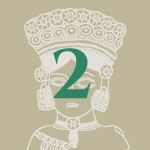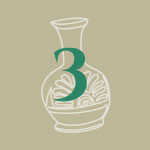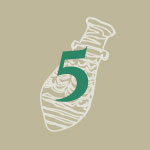Permanent Exhibition. Room 4
Sit tibi terra levis. Death in Roman times and Late Antiquity (25 BC-600 AD).
Since there was no military conquest, the romanization of Ibiza was a complex and long process where ancient Punic traditions and the new Roman order coexisted for a long time. The progressive romanization of the funerary uses starts to be visible from 200BC on, but especially with the change of era. From Augustus times onwards (31 BC-14 AD), it can be said that Ebusitan burials are fully Roman in their funerary ways. In this sense, burials from Puig des Molins are quite comparable to those from any other Roman necropolis.
Agenda

Pieces in Room 4
-

Carved stele MAEF 6617
Sala 4, Museo Puig des MolinsLimestone. Inscription: I(n) f(ronte) p(edes) l(atum) IX (nouem) Po- / [……] f(ilius?) Qu- / irina tribu?) Incitatu- / s an[n?] (is) XLI (quadraginta et uno)
-
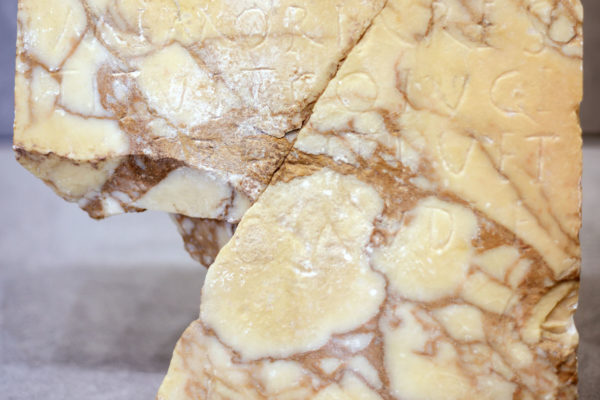
Engrave tombstone MAEF 10000/1
Sala 4, Museo Puig des MolinsMarble. Inscription: C(aius) Anneius / memoria(m) res/tituit co(n)iugi /merenti Vet/ [ti(a)e] Claudi(a)e Cayo Annio restored the memory (= repaired the tomb) to his wife Vet[tia?]
-
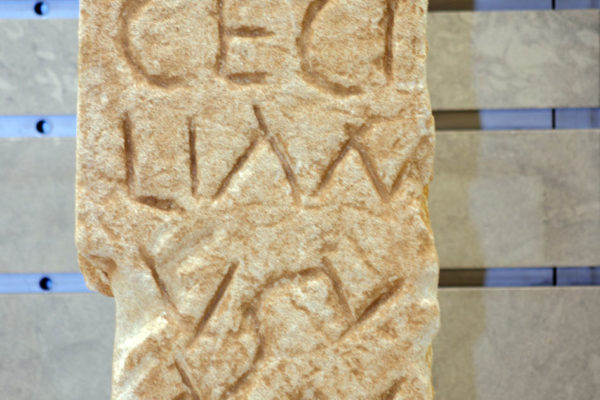
Engrave tombstone MAEF 4980
Sala 4, Museo Puig des MolinsSandstone. Inscription: D(is) M(anibus) S(acrum)/C(a)eci/lian/us v(ixit) / an(nis)/ LXXXX(nonaginta). Consecrated to the Manes gods (Di Manes). Ceciliano lived ninety years.
-
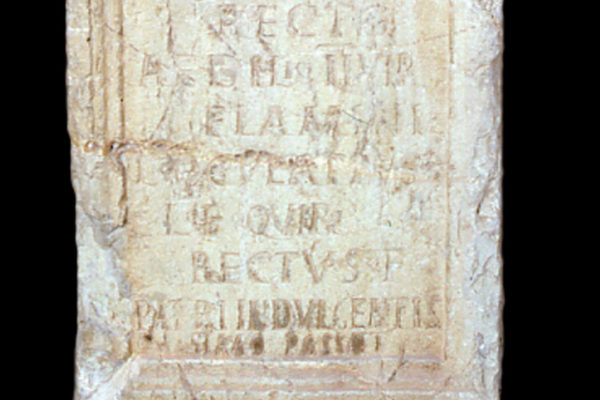
Engrave tombstone MAEF 21431
Sala 4, Museo Puig des MolinsMarble. Inscription: et L(ucius) Oc]ulatius [Lucii Quir(ina tribu)] Rectus· f(ilius)· [cum s]uis·d(e)·s(uo)·p(osuerunt) … and Lucio Oculacio Recto, son of Lucio, from the Quirine tribe,
-
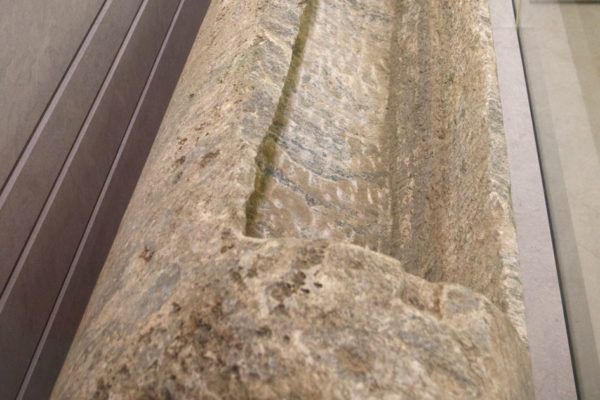
Granite column MAEF 5154
Sala 4, Museo Puig des MolinsGranite column reused as a sarcophagus for a very young child. In the base there is an inscription related to the column, not the burial.
-
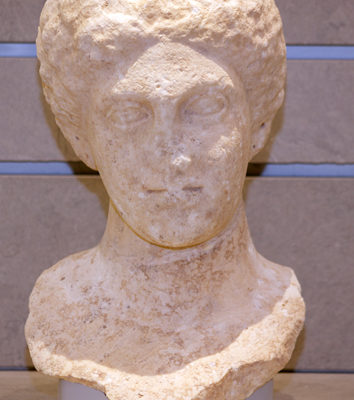
Marble female bust MAEF 2481
Sala 4, Museo Puig des MolinsMarble female bust (25 BC-70 AD) The absence of any characteristic features or expressions in the face points towards the representation of an unidentified divinity.


